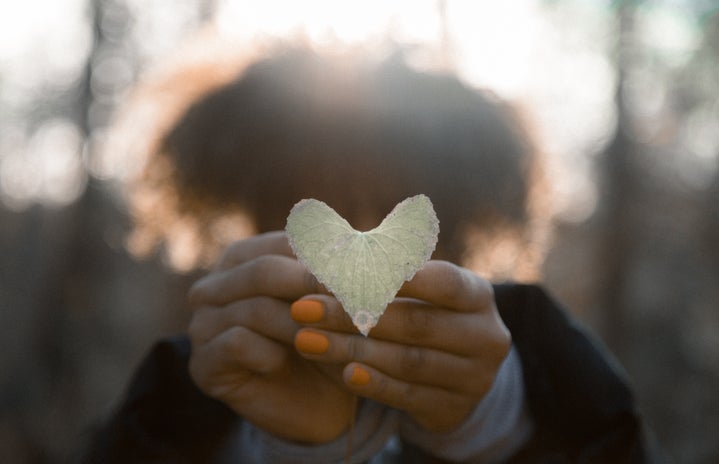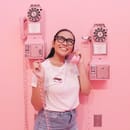FINALLY, LGBTQ characters have hit record-high representation numbers as stated in GLAAD’s annual “Where We are on TV” report, a comprehensive forecast of the lesbian, gay, bisexual, transgender, and/or queer (LGBTQ) characters expected in primetime scripted programming in the 2018-19 television season.
According to the study, LGBTQ series regulars on broadcast have hit 8.8% (75 characters), with 50% of those characters being LGBTQ people of color. Another 38 LGBTQ characters fell into the recurring category. Additionally, LGTBQ characters on broadcast television are made up of equal percentages of male and female characters, improving upon last year, when it was split 55/45 in favor of men.
On cable, LGBTQ people of color make up 46% of the regular and recurring LGTBQ characters (120 series regular, 88 recurring), and on streaming they make up 48% (75 series regular and 37 recurring).
The 2018 Where We Are on TV report found a record-high percentage of LGBTQ series regulars on broadcast television.#RepresentationMatters pic.twitter.com/pCVjpiC6TG
— GLAAD (@glaad) October 25, 2018
“With anti-LGBTQ policies being debated here and abroad, the stories and characters on television are more critical than ever before to build understanding and acceptance of LGBTQ people,” said Sarah Kate Ellis, GLAAD President and CEO, in a statement.
Television shows that GLAAD specifically called out for moving the needle culturally and reaping ratings rewards for its inclusive storytelling include Will & Grace, Supergirl, Empire and How to Get Away with Murder.
The report dives deeply into the 2018-19 season to examine series across broadcast and cable networks, and streaming services Amazon, Hulu and Netflix. Across all of these platforms, it found that the total number of bisexual series regular or recurring characters is 117 (up from 93 last year), while there are 26 transgender regular or recurring characters (up from 17 last year) and seven HIV-positive regular or recurring characters (up from only two last year).
With the rise in LGBTQ representation on television, it’s important to support these shows by regularly watching and engaging with them via social media, and I am all for it.


